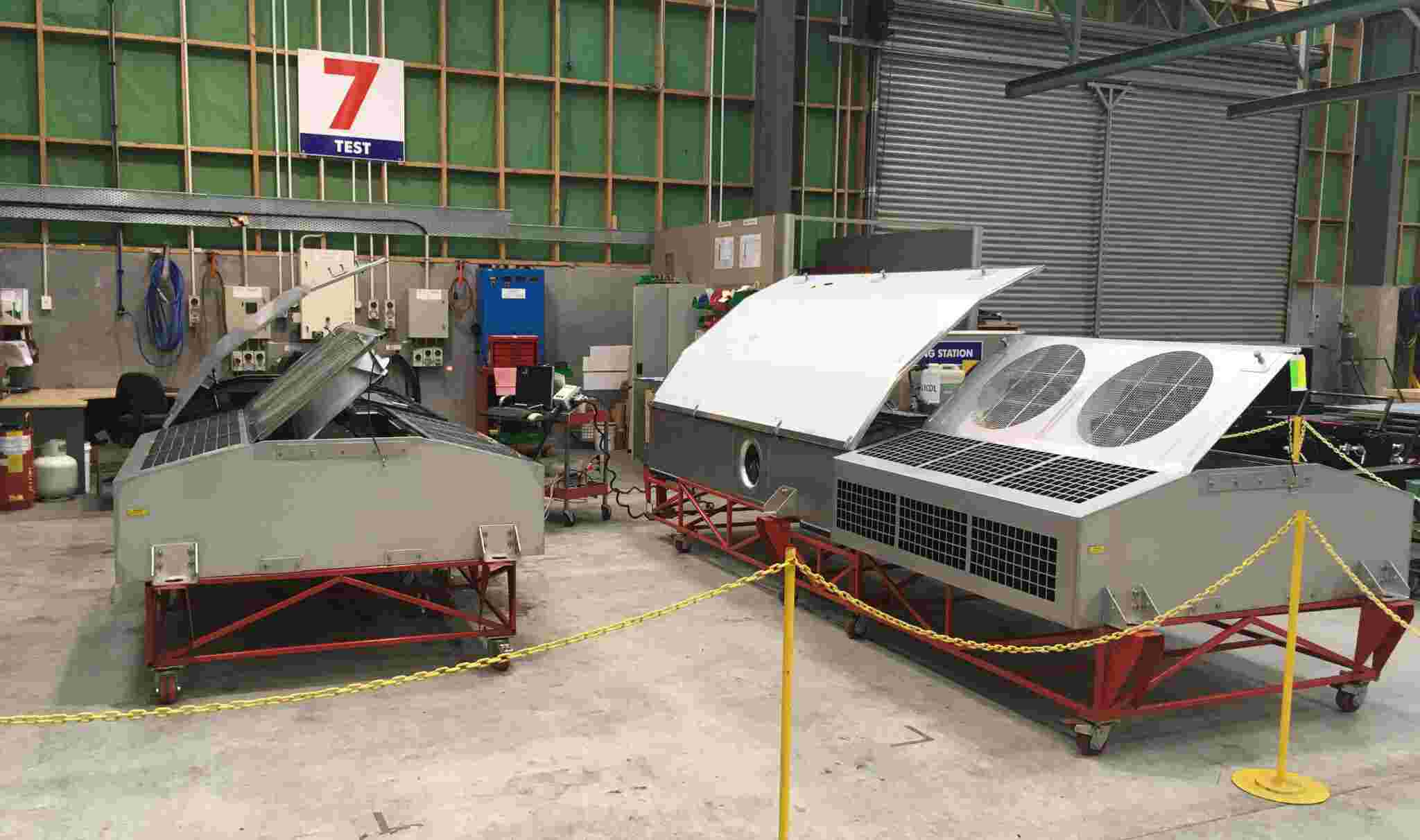While sleek designs and high speeds capture headlines, the true unsung hero of the modern passenger experience lies hidden above the ceiling panels: the train’s HVAC system. Evolving far beyond simple temperature control, today’s heating, ventilation, and air conditioning units are sophisticated marvels of engineering, integrating cutting-edge technology to ensure passenger well-being, maximize energy efficiency, and meet stringent environmental standards. In an era of heightened health awareness and climate urgency, the focus on cabin climate has never been sharper or more critical.
According to Straits Research, the global train HVAC landscape was valued at USD 14.57 billion in 2024 and is projected to reach from USD 15.07 billion in 2025 to USD 19.69 billion by 2033, growing at a CAGR of 3.4% during the forecast period (2025-2033). This steady growth is propelled by three powerful forces: the global boom in urban metro and high-speed rail projects, the urgent need to retrofit aging fleets with modern systems, and soaring passenger expectations for air quality and comfort post-pandemic.
Leading this charge are industrial titans for whom precision and reliability are paramount. Knorr-Bremse AG (Germany), through its Kiepe Electric subsidiary, remains a dominant force, renowned for systems that master the complex energy balance of high-speed travel. Their focus on reducing the total power consumption of HVAC units directly addresses operators’ largest operational cost: energy. Meanwhile, Mitsubishi Electric (Japan) is pushing the boundaries of intelligent control, developing systems that use predictive algorithms to preemptively adjust to external conditions, such as a train exiting a tunnel into blazing heat, ensuring a consistently comfortable cabin.
The competitive landscape extends to North America, where Wabtec Corporation (USA) is leveraging its deep rail expertise to offer full lifecycle solutions, emphasizing retrofitting programs that breathe new, efficient life into existing fleets. Their systems are designed for easier maintenance and use next-generation refrigerants with a lower global warming potential, a key consideration for operators under regulatory pressure.
Recent industry developments underscore its global and innovative nature. In a significant technological leap, CRRC Group (China), the world’s largest rolling stock manufacturer, announced the successful integration of AI into its latest HVAC platform for high-speed trains. The system analyzes real-time passenger load data to optimize airflow and temperature, delivering unmatched efficiency. In Europe, Stadler Rail (Switzerland) secured a landmark contract to supply trainsets for a Nordic operator, featuring HVAC systems specifically engineered with cold-weather packages capable of performing reliably in Arctic temperatures, a testament to the need for extreme climate adaptation.
The trends defining the future are clear. First and foremost is the revolution in air quality. Advanced HEPA filtration and UV-C light sterilization have transitioned from premium options to standard requirements, giving passengers confidence in the air they breathe for the duration of their journey. Secondly, connectivity is king. Modern units are IoT-enabled, packed with sensors that enable predictive maintenance, self-diagnose faults, and allow for remote adjustments, drastically reducing downtime and improving fleet availability.
Looking ahead, the focus will shift to hyper-efficiency and personalization. Manufacturers like Hitachi Rail (Japan) are pioneering the use of lightweight composites and compact designs to reduce the overall weight of units, directly contributing to lower energy consumption per journey. Furthermore, research is underway into zonal climate control, potentially allowing passengers to fine-tune the environment immediately around them via smartphone apps, transforming the standardized cabin into a personalized comfort zone.
Summary
The evolution of train HVAC systems from a basic utility to an intelligent, integrated component is critical for the future of rail travel. Driven by demands for energy efficiency, superior air quality, and enhanced passenger comfort, global manufacturers are innovating with AI, eco-friendly refrigerants, and predictive technology. This progress ensures that the silent guardian of the passenger experience continues to advance, making rail travel safer, more sustainable, and more comfortable than ever before.




